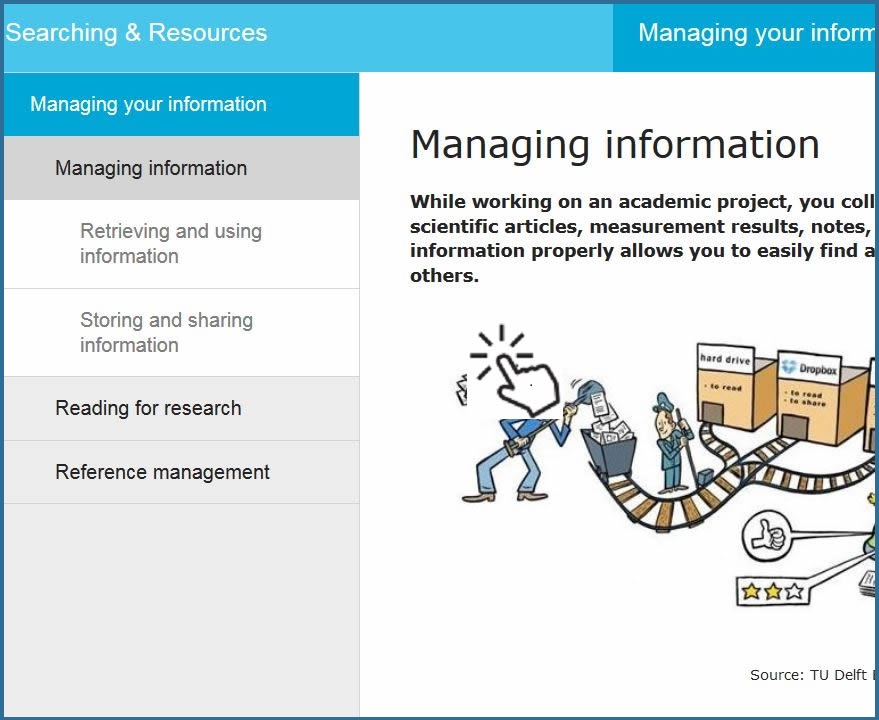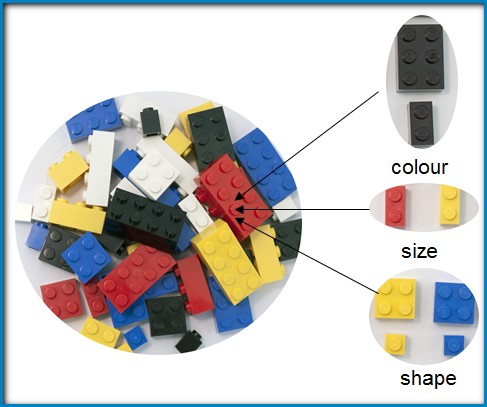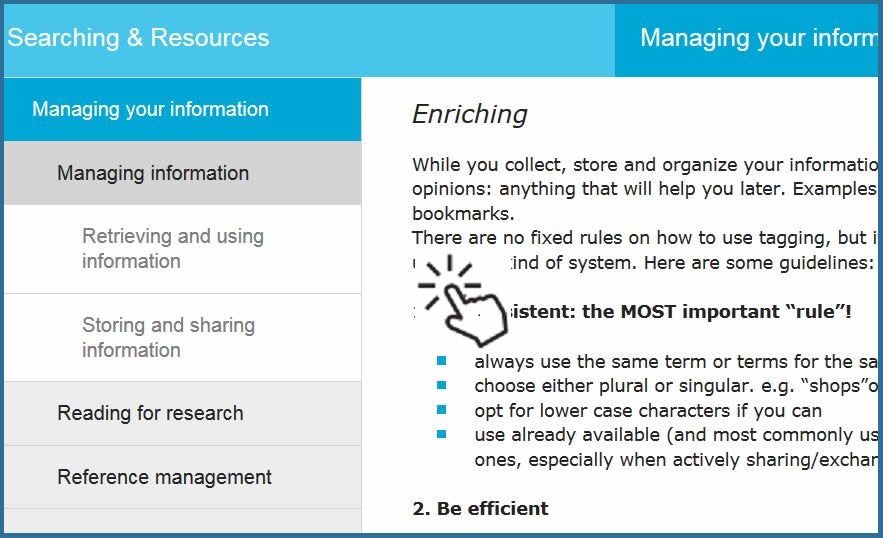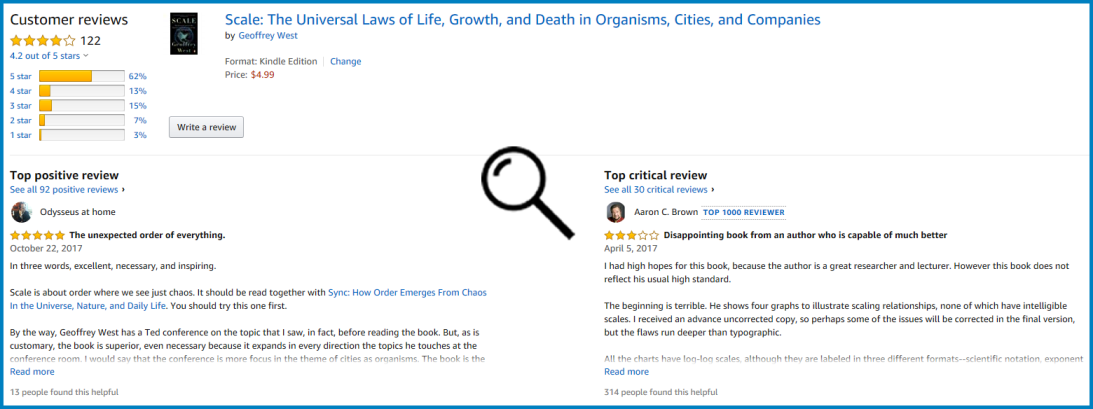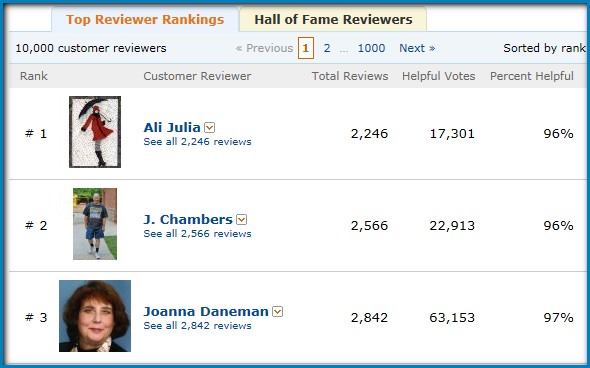Saving & sharing
You can store literature in many different ways, depending on your goal. If you only want to read the documents yourself, you can simply put the PDF-files in a "reading materials" folder. If you want to generate literature lists for your papers, you should use a proper reference management tool. If you want to share the literature with others, you should select a tool that supports the sharing of references.
Tagging
Adding tags will allow you to quickly and easily indicate what a file (an scientific article, for example) is about or what you could use it for. Tags are not just useful for yourself, but also for anyone else that you share your files with.
Tags of fellow students can make it easier for you to quickly find the useful documents in a list of shared literature. Of course, you can help your fellow students in the same way.
|
Read this module from Enriching.
|
|
1 |


Reviews / Ratings
In addition to tags, you can also view reviews and ratings to determine if publications found by others are of interest to you. Ratings let customers or users express their opinion about things, from travel and restaurants to books and music.
|
This is an example of ratings and reviews for a book on Amazon.com:
|
The reviewers themselves are also rated. Their position in the ranking list depends on the percentage of helpful reviews and how recent the reviews are:
|
Tools
There are many tools for storing and processing literature, so compare a few of them and see which tool works best for you. Storing literature in a structured way from the start can save you a great deal of time in the long run. You can easily retrieve everything, and citing and paraphrasing can be done automatically and without typing errors.
This is a brief comparison of some available tools. What is of decisive importance to you?
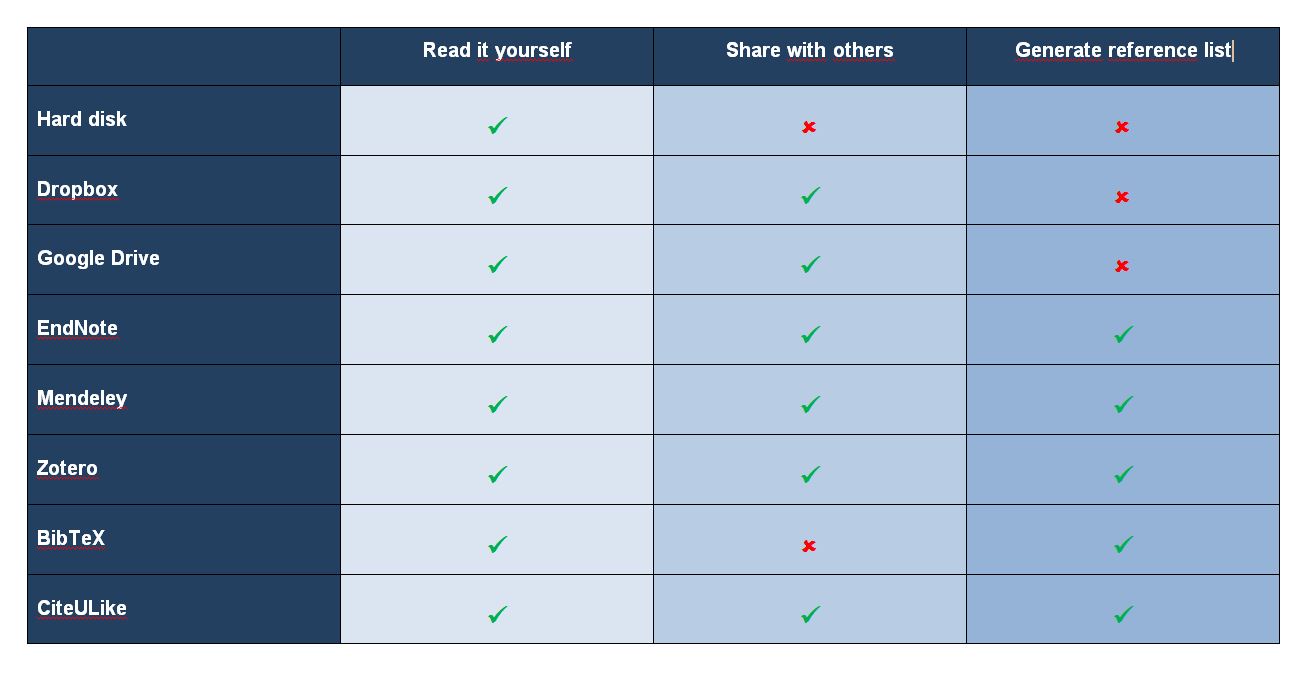
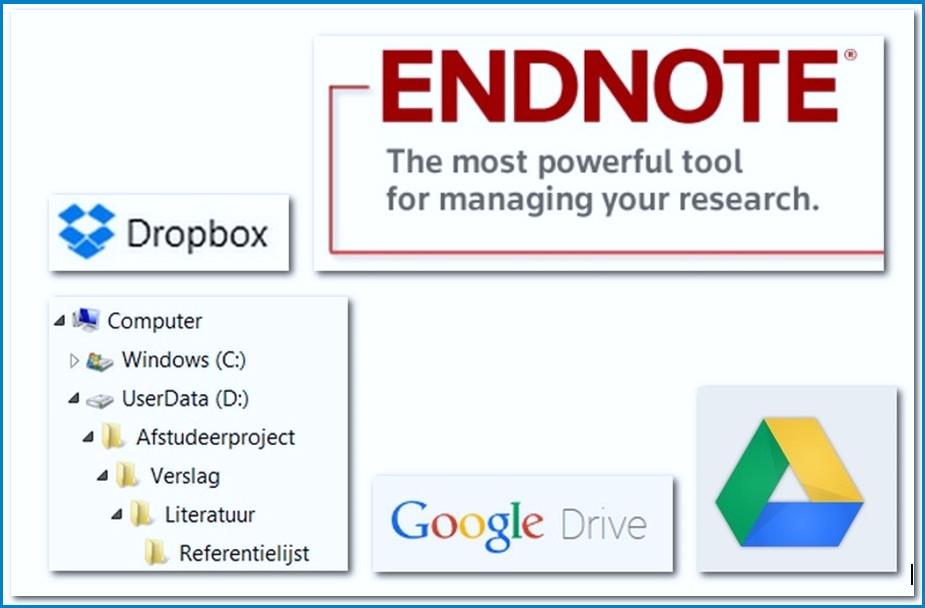 |
|

